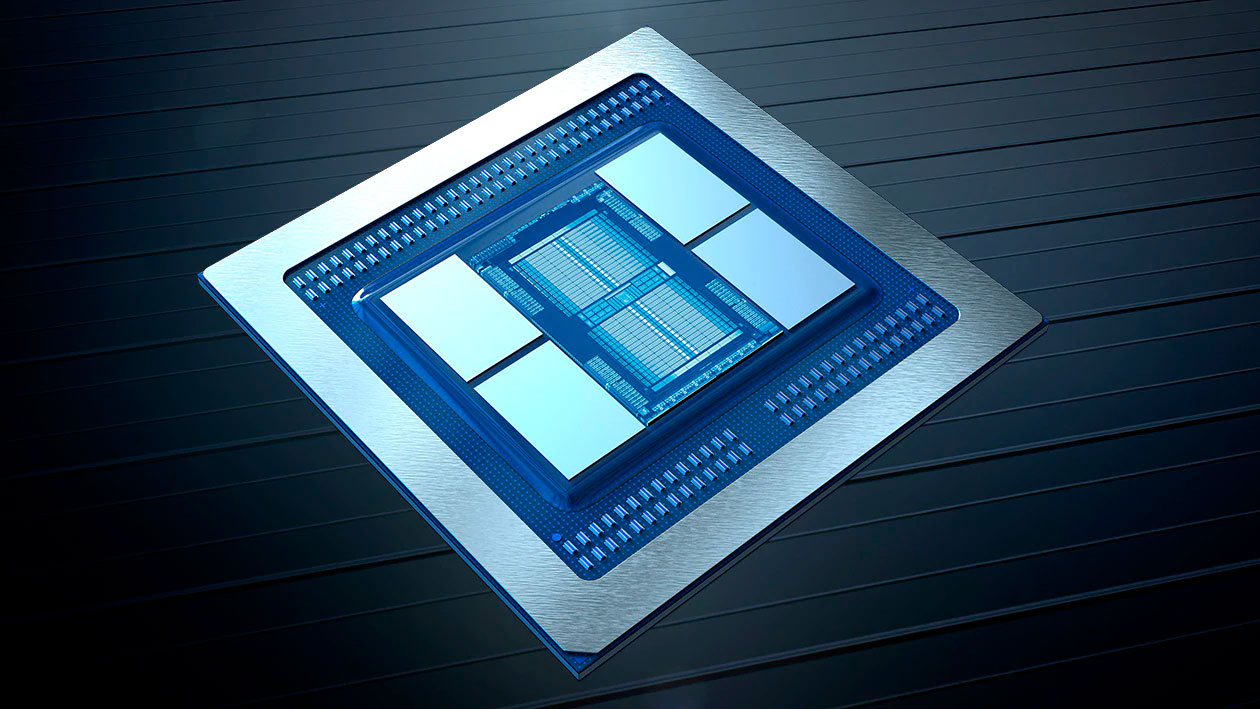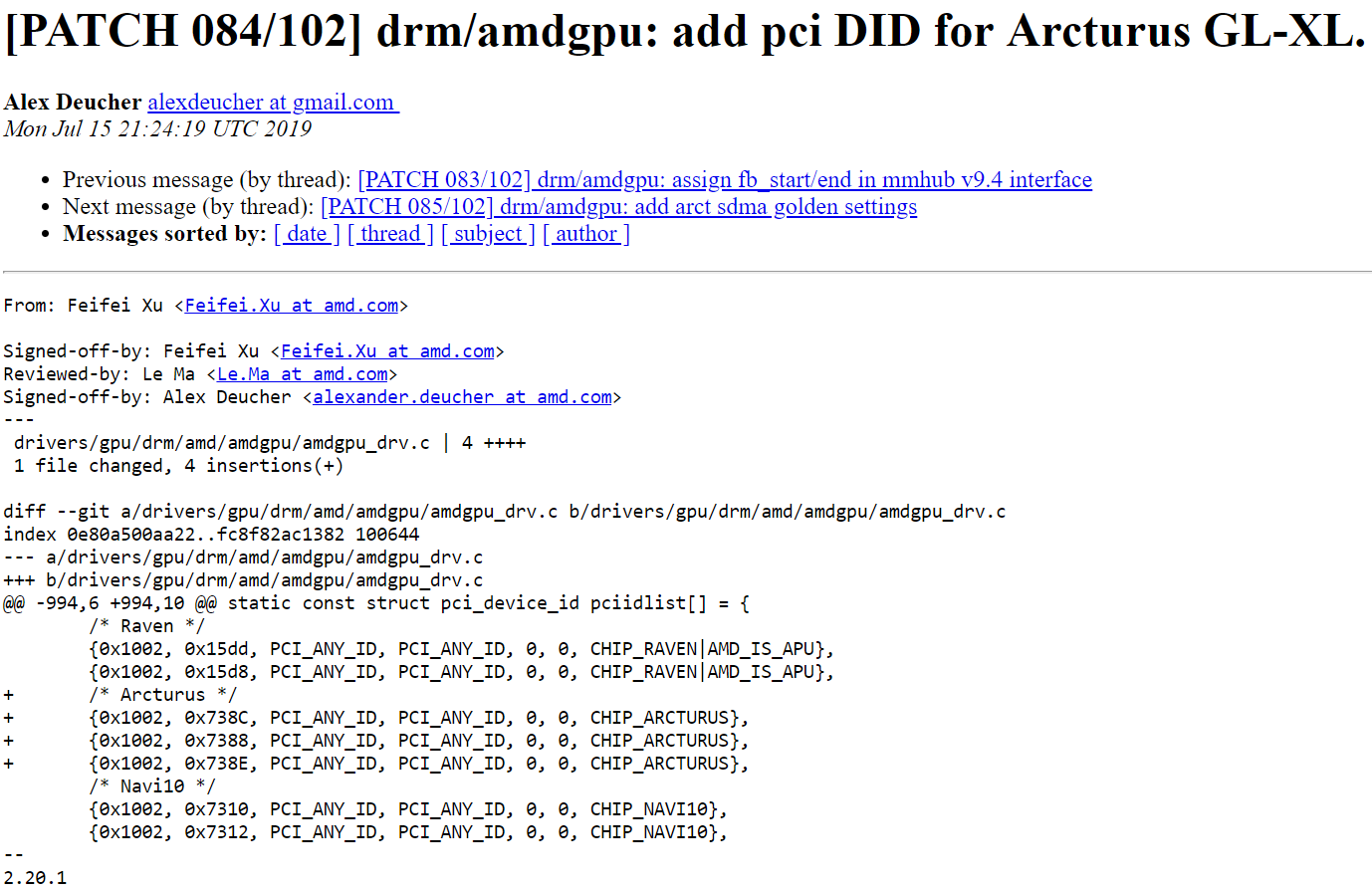AMD Arcturus Is Probably a Vega-Based Professional GPU (Updated)
Linux publication Phoronix spotted a few patches to the AMDGPU Linux graphics driver that are related to AMD's next-generation Arcturus graphics cards.
When AMD announced its latest Radeon DNA (RDNA) graphics card architecture at Computex 2019, the chipmaker made it very clear that it would co-exist along with the existing Graphics Core Next (GCN) architecture. The general consensus is that AMD would probably base its future gaming products around the RDNA architecture while relegating the GCN architecture exclusively to its workstation products. Therefore, Arcturus, not Navi, was Vega's successor all along.
Current AMD professional-grade offerings, such as the Radeon Pro Vega II, Radeon Instinct MI60 and Radeon Instinct MI50 employ the Vega 20 silicon, which TSMC produces for AMD on the 7nm manufacturing process. There's a high possibility that Arcturus will probably use a variation of the Vega silicon, and there is some evidence to support the rumor.
Phoronix previously discovered mentions of an unreleased AMD graphics card going by the "GFX908" ID. GFX9 is Vega and GFX10 is Navi. The Vega 20 die, in particular, has two IDs: GFX906 and GFX907. Assuming that GFX908 is Arcturus, it's definitely based on Vega, but with a small twist. We know from AMD's 2017 Financial Analyst Day slide presented by Mark Papermaster that the chipmaker's post-Navi graphics products will be fabricated under the 7nm+ process node. Up to this point, Arcturus seems to be a rewarmed Vega chip coming out of the 7nm+ microwave.
The Linux code shows up to three different device IDs so we could see at least three Arcturus models at launch. Twitter user 0x22h dug deeper into the Linux code and found out that Arcturus lacks display IP blocks, which means it's a pure compute graphics card making it akin to the Radeon Instinct models. We can expect the graphics card's feature set to include a benevolent amount of HBM2 memory, ECC (Error-Correcting Code) support, among other goodies. AMD currently utilizes Fiji, Polaris and Vega silicons for its Radeon Instinct graphics cards. Why the chipmaker is still selling Fiji-based products in 2019 is beyond us. Our guess is that Arcturus will most likely knock of the lower bound.
AMD could announce Arcturus at SIGGRAPH 2019 in July or Hot Chips in August. Either convention would be a great place to reveal an enterprise graphics card. As hinted in the AMD PowerPoint slide, Arcturus could launch next year.
Get Tom's Hardware's best news and in-depth reviews, straight to your inbox.

Zhiye Liu is a news editor, memory reviewer, and SSD tester at Tom’s Hardware. Although he loves everything that’s hardware, he has a soft spot for CPUs, GPUs, and RAM.

